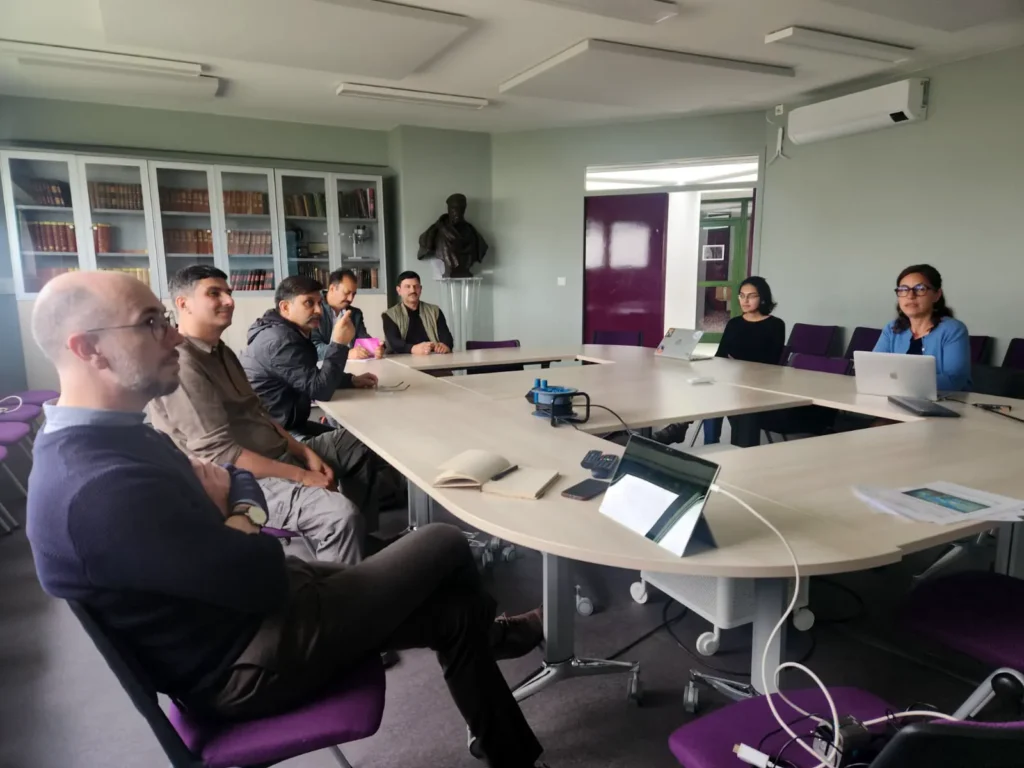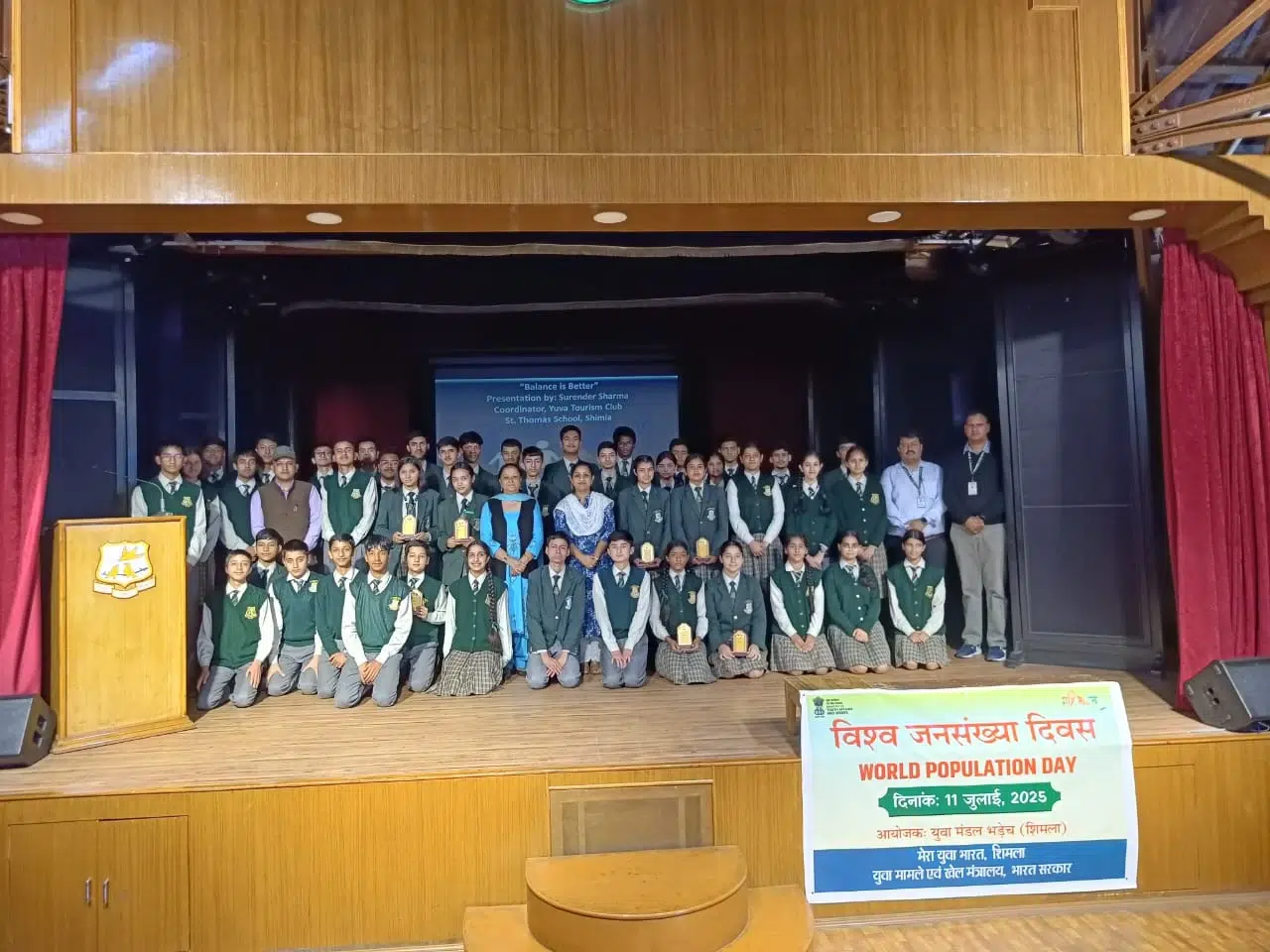Nauni varsity scientists attend EU funded International Agroecological Research Project
2 min read
A five-member delegation from Dr. YS Parmar University of Horticulture and Forestry (UHF), Nauni, is participating in international meetings in France and Croatia as part of the ACROPICS consortium for research on agroecology. ACROPICS is a European Union-funded research project coordinated by France’s National Research Institute for Agriculture, Food, and Environment (INRAE). The project aims to foster co-innovation in agroecological crop protection. The consortium consists of 15 members from 13 countries, including 12 academic organizations and three companies.
As a pioneering institution in agroecological practices such as natural farming, Dr. YS Parmar University of Horticulture and Forestry is the only member from India in this project. The goal of ACROPICS is to promote the reduction of chemical pesticide use through the adoption of systemic innovations in agroecological crop protection. The project aims to provide scientifically sound data demonstrating the high sustainability of agroecological crop protection systems.
Prof. Rajeshwar Singh Chandel, Vice-Chancellor and Project Leader of the UHF ACROPICS Project, is leading the UHF delegation. He is being accompanied by project members Dr. Inder Dev, Dr. Ashu Chandel, Dr. Sudhir Verma and Ashish Gupta. During their visit, the delegation attended an ACROPICS research project meeting on various work packages of the project at the Laboratoire Interdisciplinaire Sciences Innovations Sociétés in France. They will also attend a conference and workshop on agroecology co-innovation, held in Croatia from May 21-23, 2024, at the Faculty of Agriculture, University of Zagreb.
The conference will be attended by all ACROPICS members, where discussions will focus on developing common agroecological platforms and evaluating whether current sustainable agriculture platforms support all components of agriculture. Deliberations will also aim to define common indexes to ensure uniformity.





